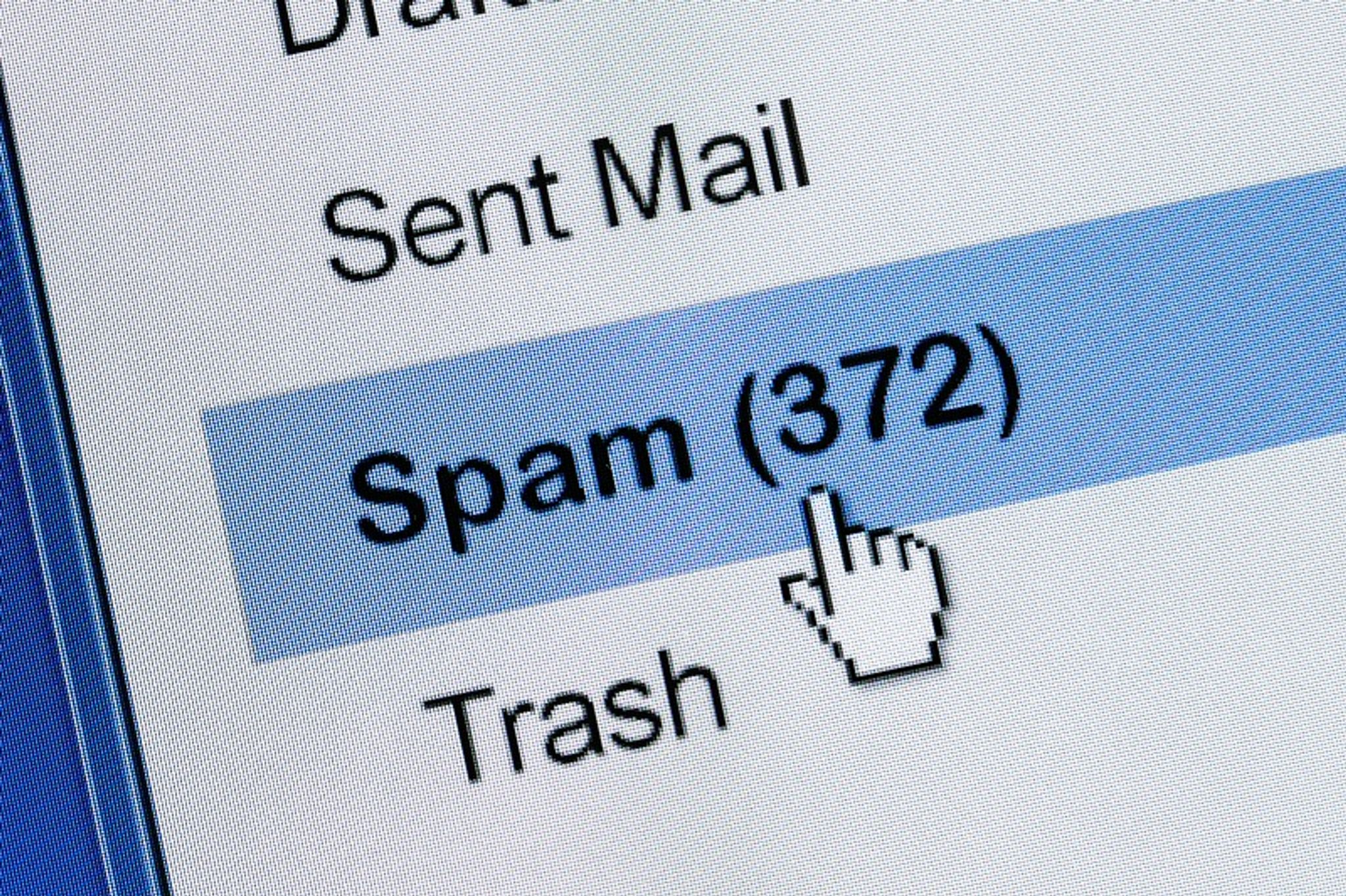How Successful Email Marketers Avoid the Spam Folder

Emails were once considered the quickest and most efficient form of digital communication – of course, this was when digital communications were young.
Now there are multiple chat platforms for both personal and professional use. Social media sites, apps, and enterprise resource management suites all give people the chance to communicate quickly and reliably across multiple devices.
Does this mean the email is dead? Not by any means.
But it does mean the email has moved toward a certain format. What it lacks in speed and convenience, it makes up for in formality. It’s the digital world’s version of a letter – but just like real mail, there’s usually a mix of good content and junk floating around.

Email marketing is still a popular field. Even beyond things like search engine marketing and social media marketing, emails can be very effective at presenting offers. So how do successful email marketers avoid the junk folder and make their campaigns a success?
Good Email Marketers Send Good Content
The best way to stay out of the junk folder? Don’t send junk.
There’s a fine line between presenting someone with a professional offer at an address set up for these inquiries and spamming their inbox with cash-grabbing schemes.
Good email marketers don’t target inboxes where they aren’t welcomed. This isn’t just a matter of character – there’s some strategy involved as well. Once an address or a brand gets a bad reputation for spamming, it can be hard to shake it. While it could take seconds to switch to a new email, it could take much longer for a brand to recover.
Looking professional is a big part of the task. A reader will be much more at ease, and thus much more receptive to inbox inquiries that look like they have something realistic to offer.
Use Recognizable Brand Names and Email Service Providers
If a business or entrepreneur is at the point where they’re sending out emails to clients and trying to implement a marketing campaign, they should have an established brand.
This could be conveyed in the form of a nice title, which ties into things like the email signature, an included website, and other sources that further show the sender is trustworthy. This also shows the sender, who is marketing their services, has likely delivered these same services (successfully) to other clients in the past.
It can be tempting to make custom email addresses that use the business’s title. While it is possible to get certifications that tie into an associated website and mark the email address as secure, using a more common email service provider is often a better idea. It’s safer, and seeing Gmail, Yahoo!, or Hotmail may be less likely to arouse suspicion in a reader.
If you must use a custom email address, look into solutions like ReturnPath to get certified as a trusted sender. And as always, test your ideas first. If your email marketing campaign looks fishy to you, it will likely end up in spam – either automatically or by the recipient’s own hand.